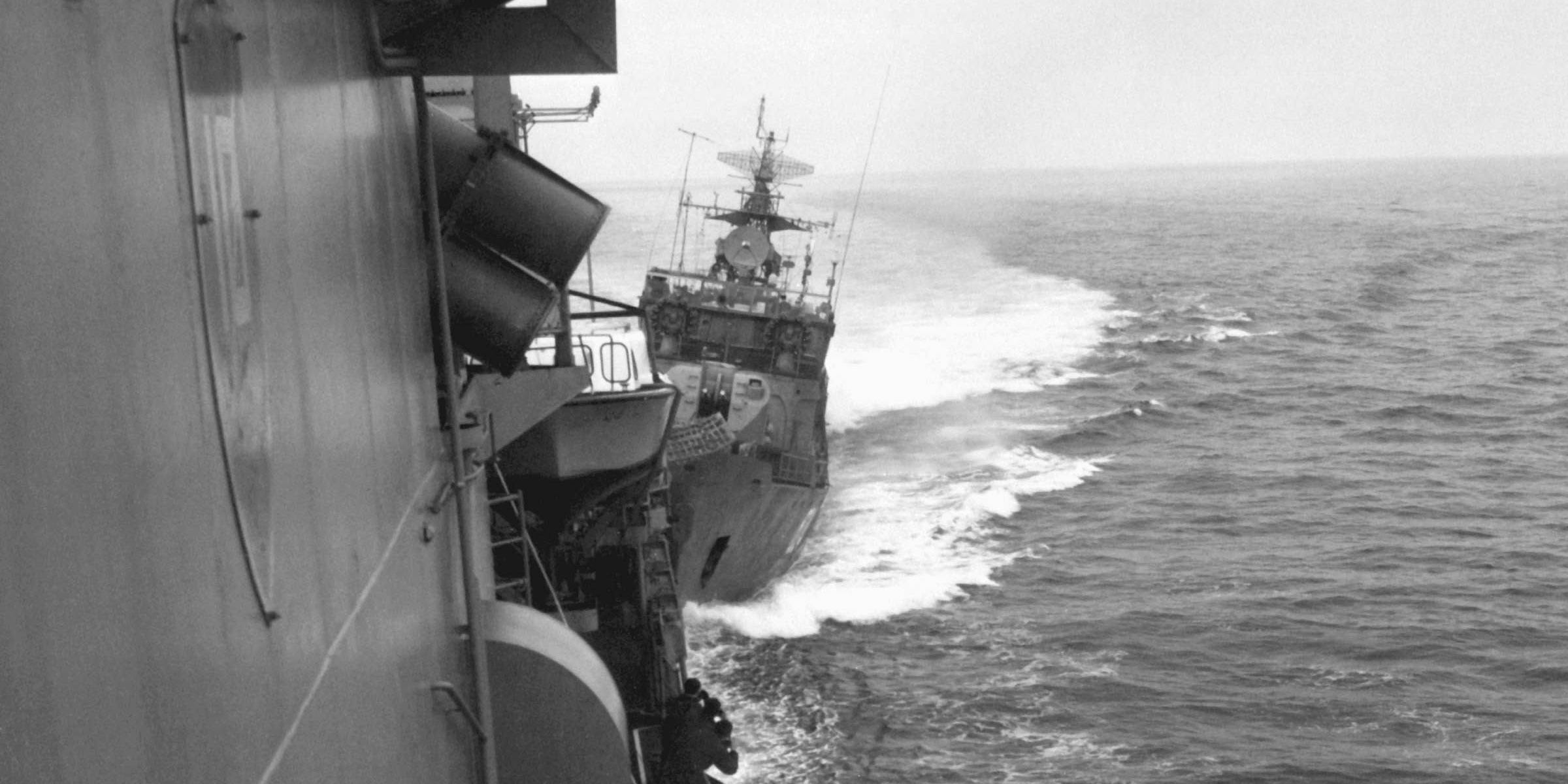
US Navy
- On February 12, 1988, two Soviet frigates “bumped” two US warships in the Black Sea.
- The incident was the result of US challenges to what it saw as excessive Soviet maritime claims.
- The US now faces similar tension with Russia and China, and the risk of “bumping” or worse is growing.
- Visit the Business section of Insider for more stories.
A close encounter between US and Soviet warships in the Black Sea more than 30 years ago has new relevance amid rising tensions between the US and Russia and China, which are fielding larger and more capable navies.
The February 12, 1988, incident began with Navy cruiser USS Yorktown and destroyer USS Caron conducting what the US called an innocent passage – transiting a state’s territorial waters without conducting military operations – off of Crimea.
The US ships “entered the 12-mile limit claimed by the Soviet Union as part of a Navy policy of occasionally asserting the right of passage in waters exceeding the 3-mile territorial limit recognized by the United States,” The New York Times reported at the time.
The ships entered Soviet territorial waters near Sevastopol – Caron about 7 miles off the coast and Yorktown about 10 miles – around mid-morning and sailed eastward.
Within minutes, Soviet frigate Bezzavetnyy intercepted Yorktown, while Soviet frigate SKR-6 intercepted Caron. Both ships, smaller than their US counterparts, told the Americans to leave Soviet waters or they would “strike” them.
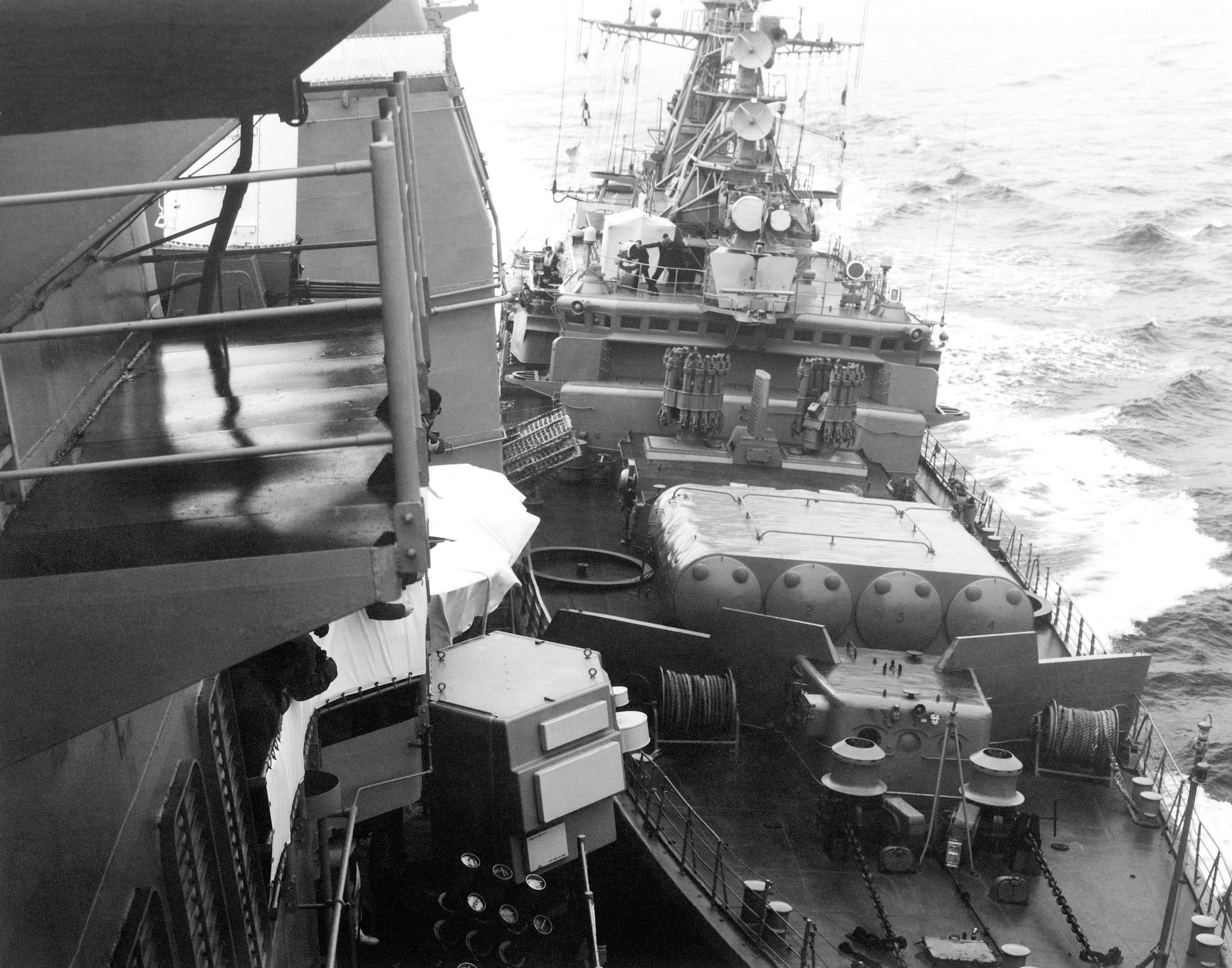
US Navy
Around 10 a.m., SKR-6 "bumped" Caron, scraping the paint on the US ship's hull. Minutes later, Bezzavetnyy did the same to Yorktown, causing minor damage to its hull and to two of its Harpoon missile launchers, while the Soviet ship's starboard anchor was torn away.
With the Soviets close by, the US warships continued their transit, leaving Soviet waters around noon without further encounters.
Transits through areas controlled or claimed by US rivals are a long-standing mission - Yorktown and Caron did a similar one in the Black Sea in 1986 - and the Soviets usually reacted by shadowing US ships and lodging protests afterward.
But the 1988 encounter "was somewhat of a seminal event," James Foggo, who commanded US naval forces in Europe until retiring as an admiral in 2020, said last year.
While it wasn't unprecedented, word of it did spread through the Navy, Jerry Hendrix, a retired Navy captain, told Insider this month.
Despite the danger inherent in physical contact between ships, there was a high degree of professionalism on display, Hendrix said.
An innocent passage requires the passing ship, the US vessels in this case, to maintain course and speed, while the onus was on the Soviets "to make contact with the Americans in the safest manner possible and then attempt to use their own mass, their engines, and their rudders to move the American out of the way," Hendrix said.
"We were able to maintain ... our course despite the fact the Soviets were trying to move us out" of their waters, Hendrix said.
'They're doing their homework'
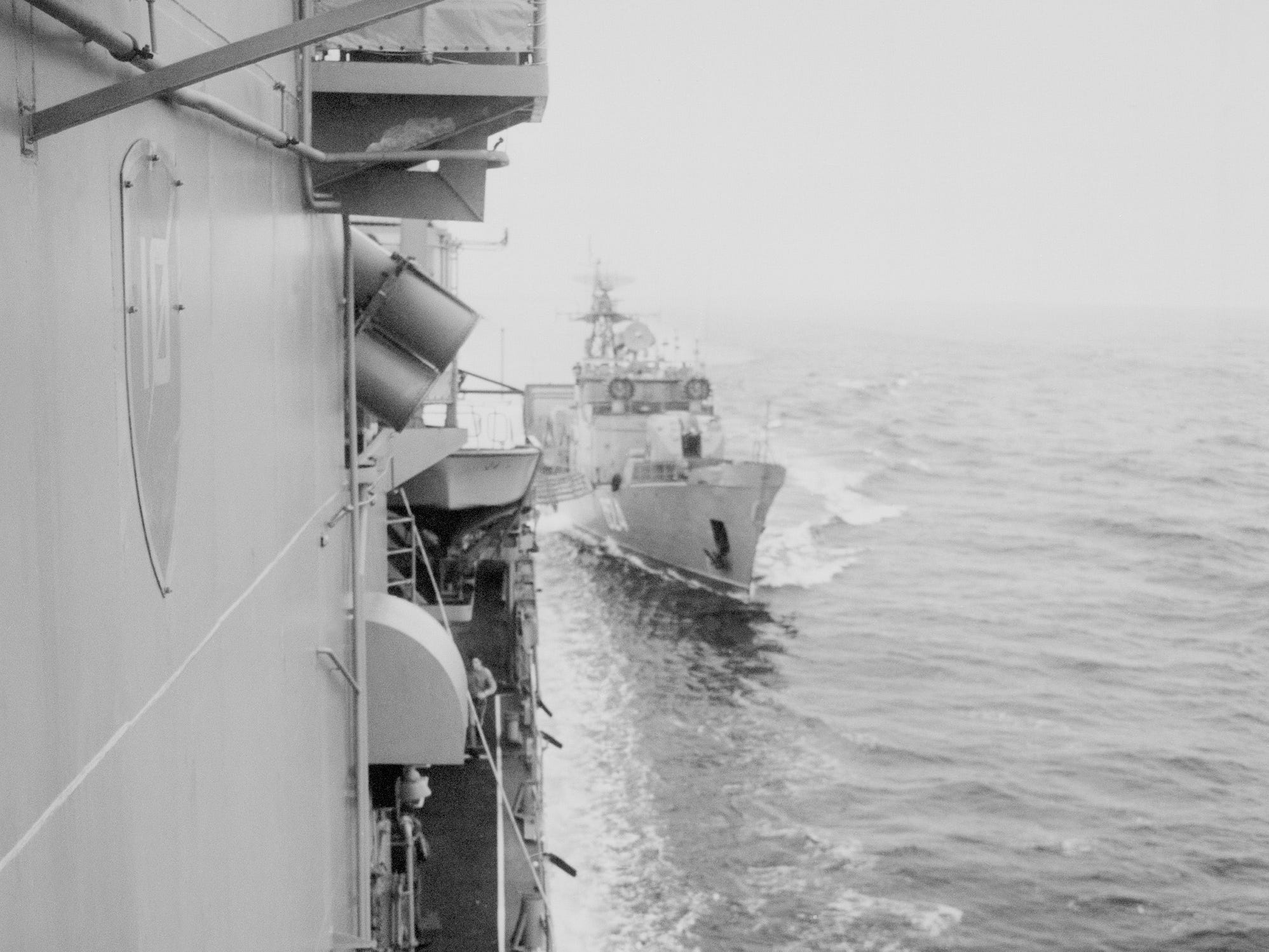
US Navy
The 1988 incident prompted the US and the Soviets to reach several agreements regarding potentially dangerous encounters at sea. (They agreed in 1972 to limit a maneuver known as "shouldering," which caused numerous collisions.)
In the 1990s and 2000s, concern within the Navy about another such encounter was "almost negative," due to the size of the US fleet and its ships, as well as other navies' shift to smaller ships, Hendrix said.
In recent years, however, as the Russian and Chinese navies have grown and tensions with those countries have risen, the risk of a repeat has increased.
"Tensions in the Black Sea today are actually very high again," Lyle Goldstein, a research professor and expert on naval warfare at the US Naval War College, told Insider this month.
Russia's 2014 seizure of Crimea added another maritime dimension to those tensions.
"If Ukrainians, obviously, have a claim to Crimea, and we dispute Russia's claim to Crimea, then whether we consider the waters off of Crimea to be within the territorial waters ... becomes a rather thorny legal issue," Goldstein said.
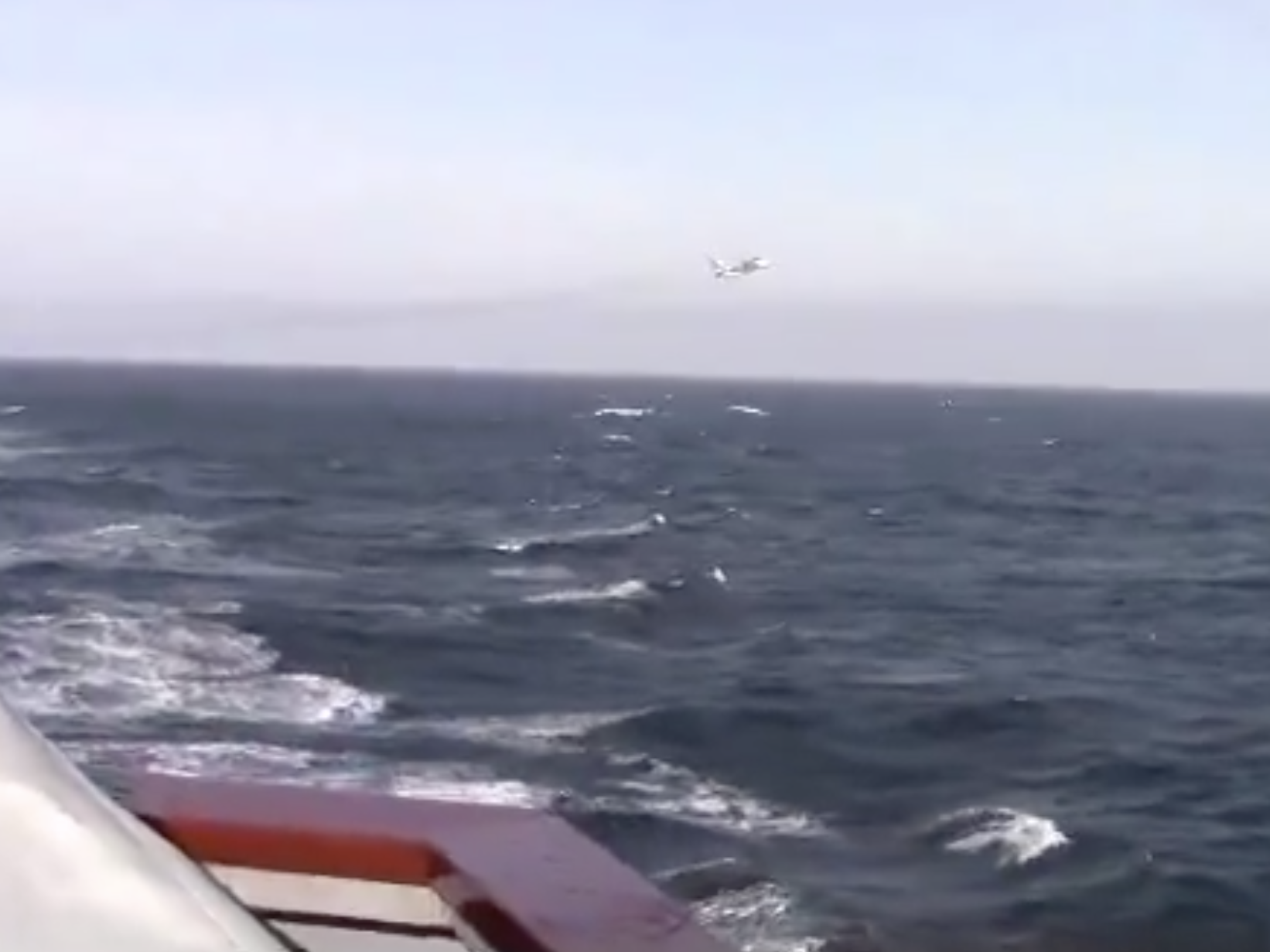
US Navy
US and Russian ships have had close encounters elsewhere, but Russian actions in the Black Sea are reminiscent of the 1988 incident, Foggo said last year.
The Russians "really have not changed. They've not embraced international organizations, institutions, standards, and norms," Foggo said.
In the South China Sea, China is pressing sweeping claims that numerous countries and an international tribunal have rejected. The US frequently conducts freedom-of-navigation operations to challenge those claims.
During one such operation by Navy destroyer USS Decatur in 2018, a Chinese warship came within 45 yards of Decatur's bow. Navy footage showed Chinese sailors preparing for a collision.
Repeats of the 1988 incident are "very likely in coming years," Hendrix said, pointing to China's investment in the 10,000-ton Type 055-class guided-missile destroyer, which is longer than and displaces more than most US Navy ships, and in the Haixun, a coast guard patrol ship of similar size.
China's coast guard, one of its frontline forces in contested waters, has harassed US ships and commercial vessels. Haixun's design suggests more to come. "There's no reason to have a Coast Guard cutter that size, except to do this," Hendrix said.
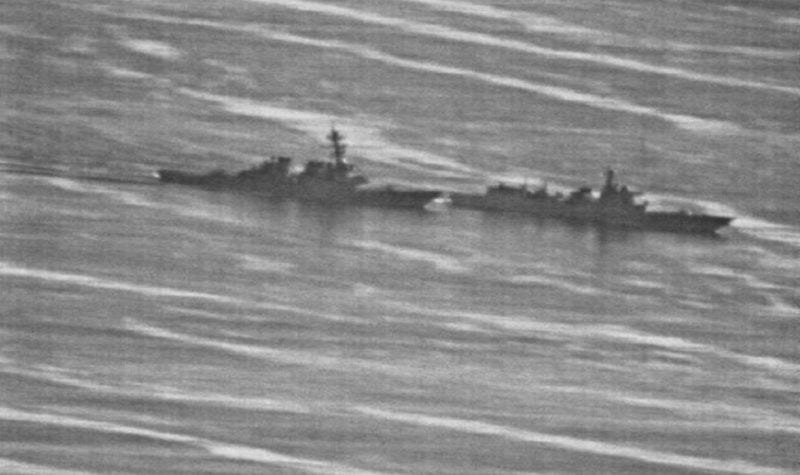
US Navy Photo
The 1988 US-Soviet encounter has also influenced Chinese strategic thinking.
Like all militaries, Chinese planners "try to create mental maps of basic operational scenarios using historical examples," Goldstein said. "It's very interesting that the Chinese were studying examples from the Soviet naval interaction, as it were. They're doing their homework."
A 2015 Chinese analysis described the 1988 incident as "not a negative event for either side" and maybe even as "win-win" because it led to agreements on maritime interactions, Goldstein wrote in 2017.
The lack of "bumping" incidents since then may be a positive sign, in light of past deadly encounters between the US and Chinese militaries, Goldstein told Insider.
"One, they may have entertained this closely in China and then thought this is too risky," Goldstein said. "Two, I imagine naval leadership in the US and in China are both saying to themselves, 'do we really want to go to that level of danger?'"
Rising tension, rising frustration
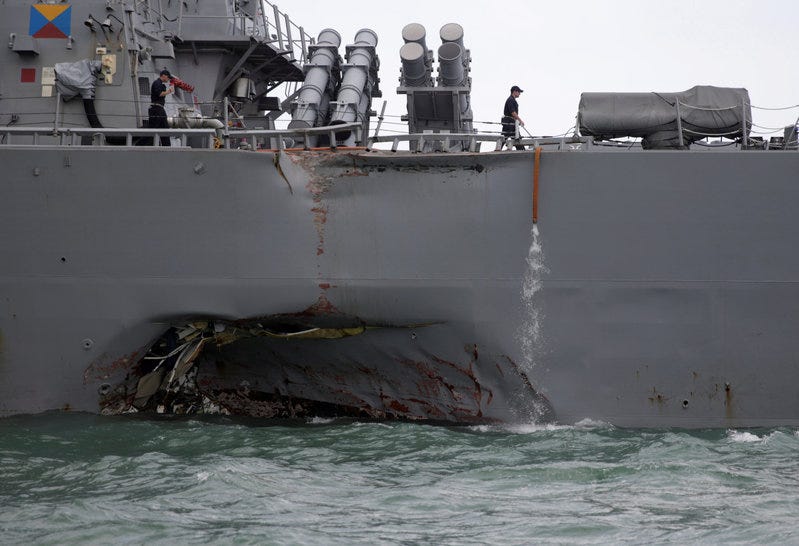
Thomson Reuters
"Inadvertent escalation" following incidents at sea is "a huge danger," Goldstein said, and such incidents pose acute challenges to the Navy.
Those encounters would test the seamanship of Navy crews. A lack of experience was cited as a factor in deadly collisions involving Navy destroyers USS Fitzgerald and USS John S. McCain in the Western Pacific in 2017.
"We do not steam as much today as we did in the past, in the sense of training hours, to get our officers of the deck trained on ship-handling," Hendrix said.
Navy crews "don't have as much experience, and quite frankly, after 20 years their commanding officers themselves, the most experienced ship-handlers on the ship ... [don't] have as much time underway as [their] peers from 1988-1989. It's not even close," added Hendrix, author of "To Provide and Maintain a Navy."
Goldstein said that students of his, including Navy officers with experience in the Pacific, say "by and large" the Chinese "are very professional mariners."
But Hendrix, pointing to cases of "fairly risky ship maneuvering" in recent years, expressed concern about "the professional experience level of Chinese naval officers."
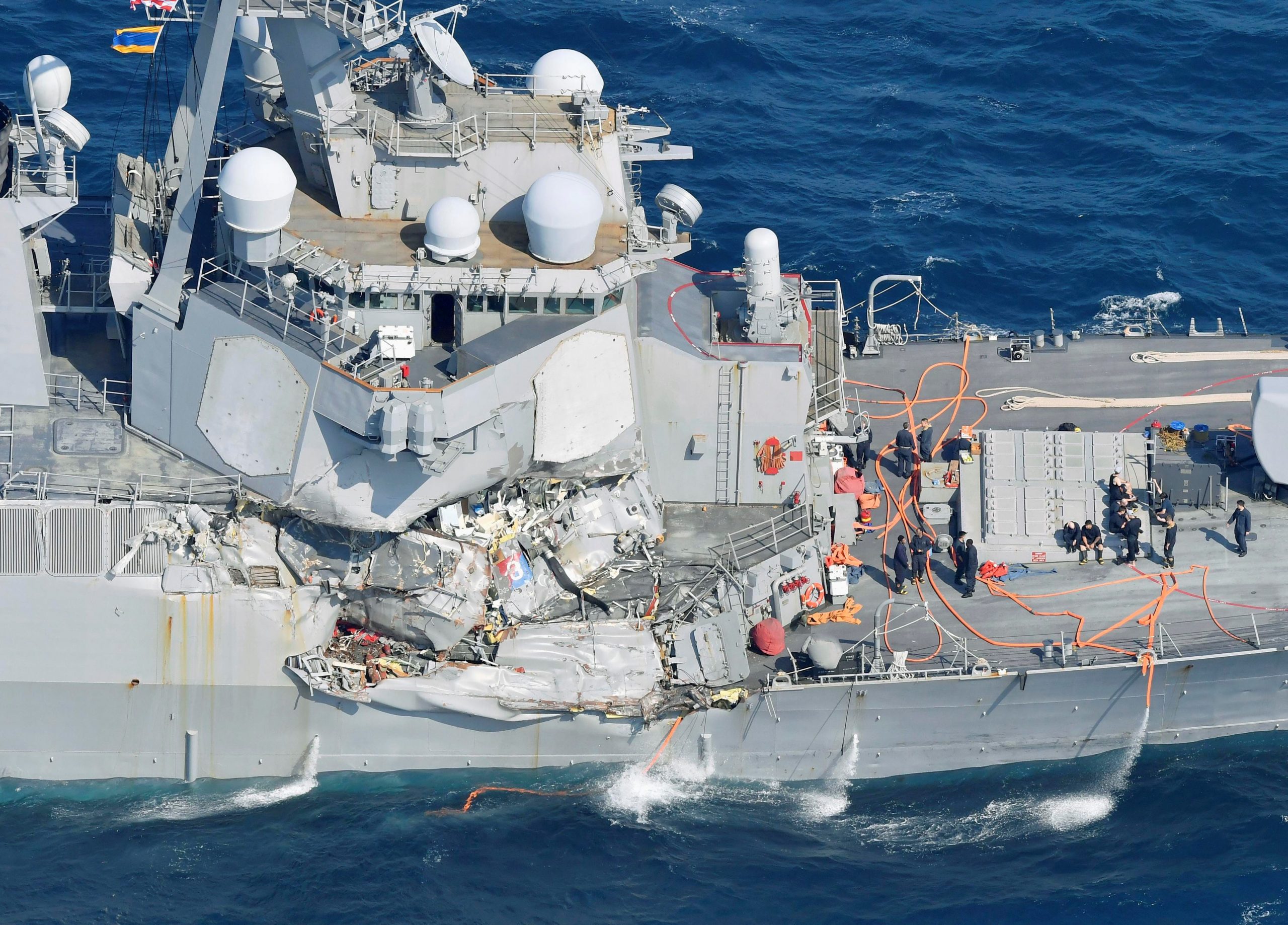
Kyodo/via REUTERS
The Navy is also worried about its lack of repair capacity, which creates problems for normal operations that would be exacerbated if a "bumping" incident or collision required unexpected repairs.
When the McCain and the Fitzgerald returned to the US after their 2017 collisions, "it actually took longer to repair them than it did to originally build them and commission them," Hendrix said.
A longer-term risk for the US may be Russia and China replicating its activity closer to home.
"Russian and Chinese vessels will begin turning this back against us, meaning they are going to very consistently patrol up to our territorial waters," Goldstein said. "If we continue in this trajectory ... we are maybe shooting ourselves in the foot, because we may find that China and Russia adopt a very aggressive posture."
Russian military ships sailing near US coasts already attract scrutiny. Chinese warships haven't visited the region, though a hospital ship toured South America in 2018, but US officials worry Beijing is setting the stage for such a presence.
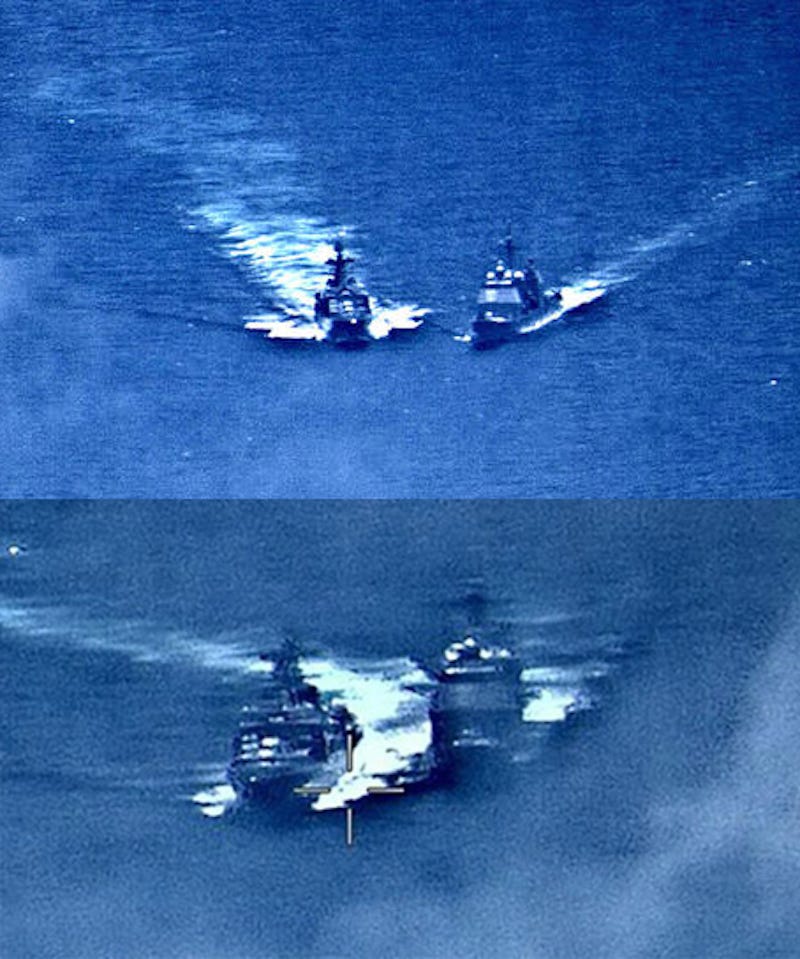
US Navy
Articles in Chinese state journals, while noting the importance of stability, have said the Atlantic "has great significance for the future of Chinese maritime strategy" and have called for a strategy to "break the American maritime blockade and develop China's maritime 'external line.'"
"They say, 'Americans are putting pressure on us in our backyard so we need to put pressure on them in their backyard,'" Goldstein said of the articles.
"While I do think we should maintain our [freedom-of-navigation] program ... it should be maintained at a moderate level," Goldstein added.
Incidents like the 1988 encounter "occurred during the Cold War due to the tension with regard to competing interests that existed between the United States and the Soviet Union," Hendrix said.
Tensions "today are also rising, and with that rising tension comes frustration," Hendrix added, "specifically because of China's claims ... and their frustration that the United States will not back down and, in fact, as we continue to do normal operations in the South China Sea."